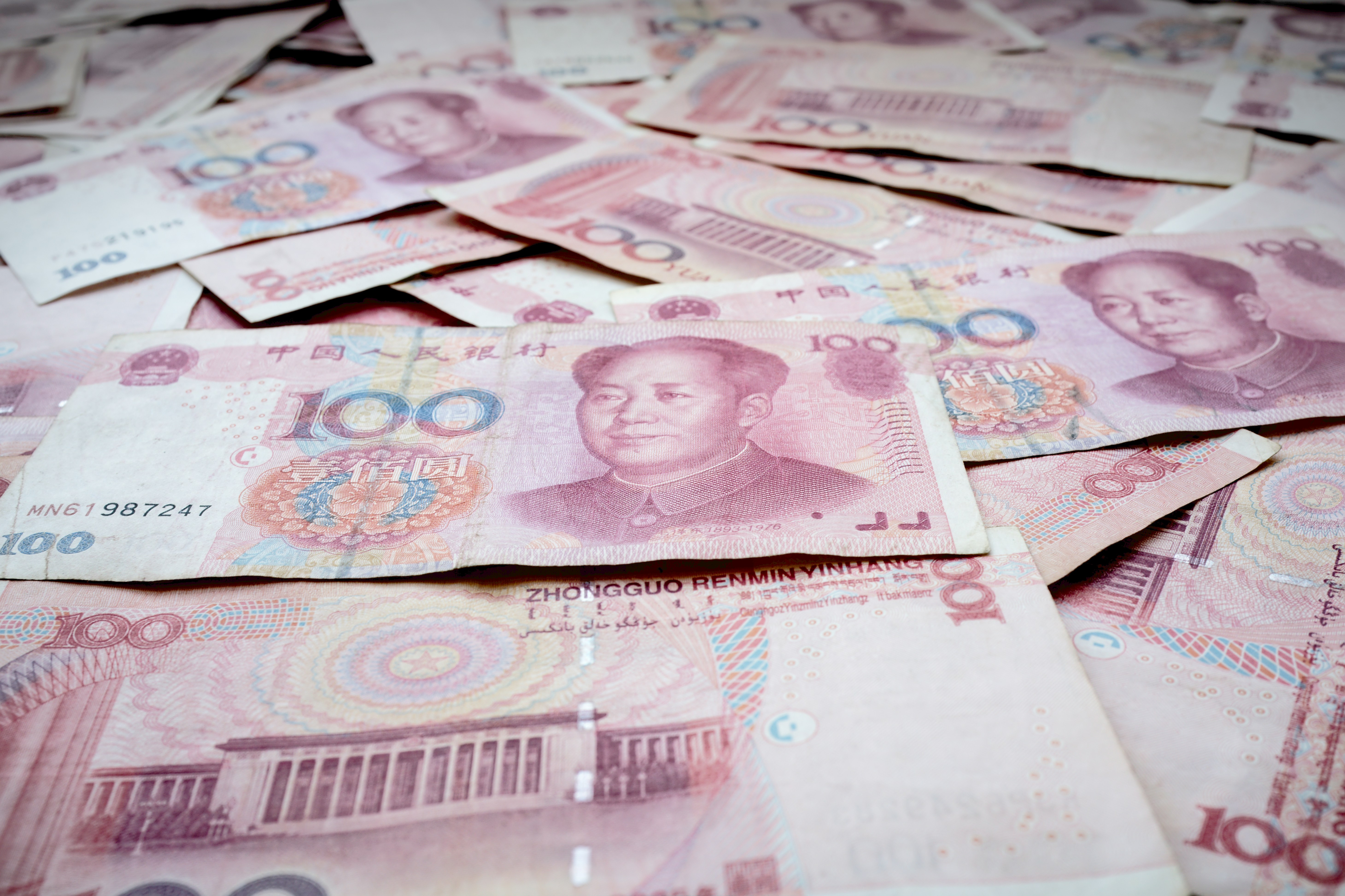
China’s recent decision to allow the renminbi (RMB) to weaken beyond a long-defended level has reignited debate among economists and investors. The People’s Bank of China (PBoC) set a weaker-than-expected daily reference rate, crossing a key symbolic threshold and signalling increased flexibility in exchange rate management. But is this a calculated move toward devaluation to support the economy, or a technical adjustment in line with global market conditions?
While the move stops short of a formal devaluation, it marks a shift in China’s currency stance and reflects the growing tension between short-term economic pressures and longer-term policy goals.
The Mechanics of the Renminbi Fixing System
The RMB operates under a tightly managed floating exchange rate system. Each day, the PBoC sets a midpoint reference rate for the currency against the US dollar, and the RMB is allowed to trade within a ±2% band around this fixing. Although the system gives an appearance of flexibility, the daily fix is a powerful policy signal, heavily influenced by central bank discretion.
Historically, Chinese authorities have used the midpoint fix to maintain stability, particularly around psychologically significant levels such as 7.00 yuan per dollar. Breaching this threshold tends to alarm markets, suggesting either a policy pivot or macroeconomic distress.
The recent fixing came in weaker than market expectations and pushed the currency below the 7.20 level—an area previously defended by the central bank. The move has prompted renewed scrutiny of Beijing’s exchange rate intentions.
Interpreting the Signal: Intentional Devaluation or Policy Flexibility?
There are two primary interpretations of China’s move. The first is that it constitutes a deliberate, if limited, devaluation. Amid sluggish growth, weak domestic demand, and persistent deflationary pressure, a softer currency can provide a modest boost to exports and support manufacturers competing in global markets. This would be consistent with a broader effort to use the exchange rate as a lever for economic stimulus without resorting to large-scale fiscal or monetary easing.
The second interpretation frames the weaker fix as a technical adjustment. With the US dollar strengthening on the back of higher interest rates and robust economic data, pressure on Asian currencies has intensified. Allowing the RMB to track broader market movements reduces the risk of speculative attack and capital outflows, particularly if the PBoC appears too rigid in its exchange rate management.
PBoC officials have not made direct reference to devaluation, and state media commentary has emphasized currency “stability” rather than competitiveness. This suggests the move may reflect tactical flexibility rather than a broader strategic shift.
Domestic Economic Context
China’s economy is struggling to regain momentum in the wake of the pandemic. Consumer confidence remains weak, the property sector is undergoing structural deleveraging, and private investment is subdued. Inflation is near zero, and there are concerns about entering a deflationary cycle.
At the same time, policymakers are constrained. Interest rate cuts have been limited by concerns about financial stability and capital flight. Fiscal stimulus has been targeted and restrained due to high levels of local government debt.
This has made the exchange rate one of the few remaining tools to adjust macroeconomic conditions. A weaker RMB can help lift industrial output and export competitiveness, offering a degree of cyclical support without immediate budgetary consequences.
International Considerations and Constraints
While there may be economic logic to a softer RMB, China faces external constraints. A significant devaluation could trigger capital outflows, undermining financial stability and complicating the PBoC’s broader policy objectives. Investor sentiment remains highly sensitive to perceived shifts in China’s policy reliability.
Moreover, any perception of currency manipulation risks rekindling tensions with the United States, which has previously accused China of weakening the RMB to gain a trade advantage. The US Treasury monitors currency policies closely and could respond politically if it believes China is pursuing devaluation for competitive purposes.
Other trading partners—particularly in Asia and Europe—may also view a persistently weaker RMB as a form of beggar-thy-neighbor policy, undermining trust in China’s commitment to stable trade relationships.
Historical Precedents and Policy Patterns
China’s currency strategy has historically been reactive and calibrated. In 2015, a sudden devaluation triggered market panic and forced authorities to spend heavily to stabilize expectations. During the US-China trade war in 2019, Beijing allowed the currency to weaken, but did so gradually and with clear signals to avoid market disorder.
In recent years, the PBoC has emphasized “two-way flexibility,” allowing the RMB to fluctuate within a range, but stepping in when volatility threatens economic or financial stability. This latest move is consistent with that pattern: a controlled adjustment within a broader strategy of cautious currency management.
Importantly, China’s long-term goal of RMB internationalization places a natural limit on how aggressively the currency can be devalued. An international reserve currency cannot be subject to arbitrary manipulation without damaging credibility.
Market and Investor Reactions
Markets have responded with a mix of caution and realism. The RMB’s weakness has spilled over into other Asian currencies, some of which are facing renewed pressure. Emerging market central banks are monitoring closely for signs of further depreciation in China that could affect capital flows.
Equity markets have been largely unaffected, suggesting investors view the move as tactical rather than systemic. Bond yields have remained stable, and capital flight pressures appear limited for now, though sustained depreciation could change that outlook.
Analysts are divided: some view the weaker fix as the start of a broader easing trend, while others see it as a pragmatic move to align with market fundamentals. Either way, investor attention is now focused on whether further RMB weakening will be tolerated—or resisted—by the PBoC in the coming weeks.
Conclusion
China’s decision to allow the renminbi to weaken past a key level reflects a nuanced policy recalibration rather than an overt devaluation campaign. Faced with a sluggish recovery and limited stimulus options, authorities appear to be using currency flexibility to ease macroeconomic pressure without triggering broader instability.
Still, the move marks a departure from past practice and introduces new uncertainty into currency markets. Whether this is a one-off adjustment or the beginning of a longer trend will depend on a complex mix of domestic economic indicators, capital flow dynamics, and geopolitical sensitivities.
What is clear is that the renminbi is once again a barometer of China’s economic challenges—and how far Beijing is willing to go to address them.
Author: Ricardo Goulart





